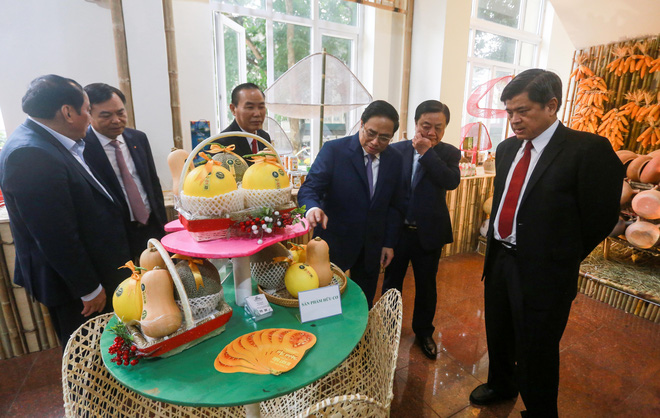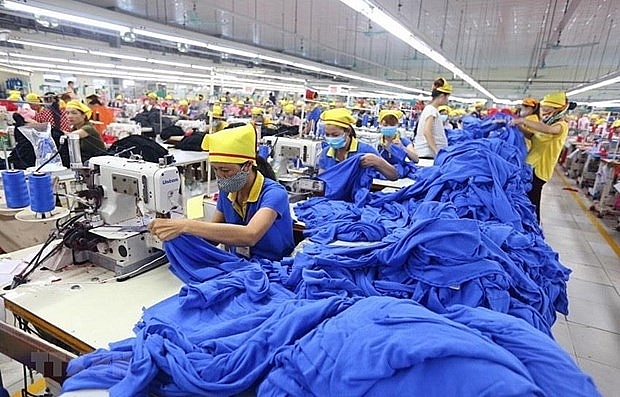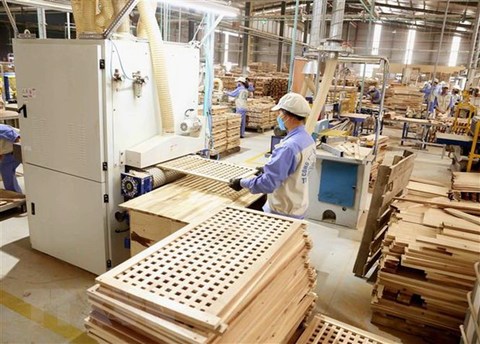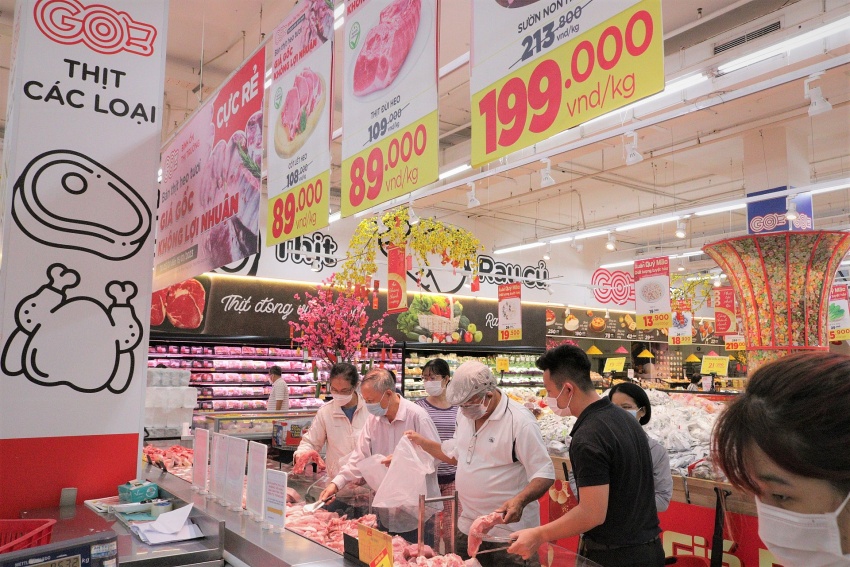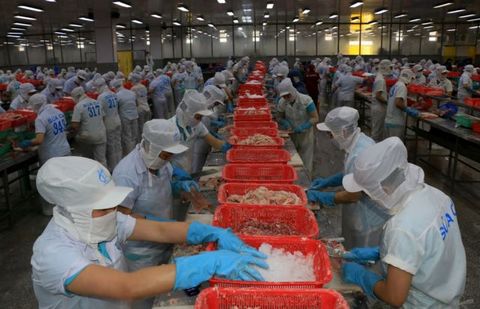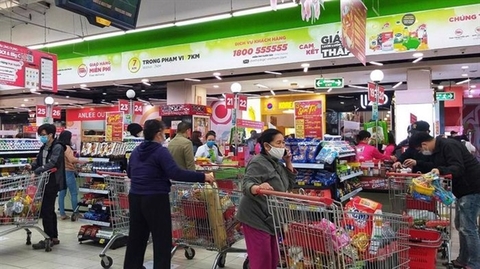More responsible operations to help expand textile chains
More responsible operations to help expand textile chains
Vietnam’s textile and apparel sector is aiming to climb up the value chain, but export and distribution networks remain fundamental flaws.
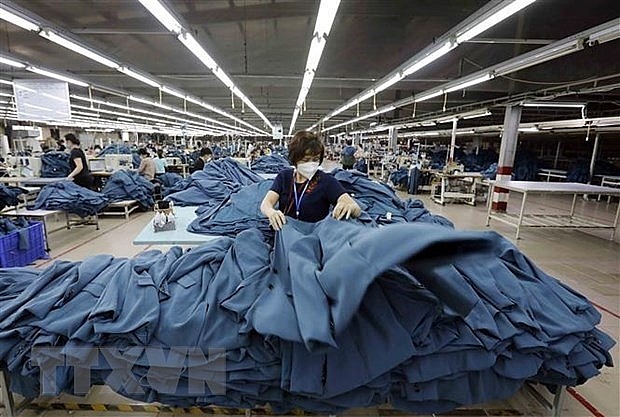
The Vietnam National Textile and Garment Group projects that the industry’s export turnover reached $44 billion for 2022, an annual increase of 8.8 per cent.
Meanwhile, according to the Vietnam Textile and Apparel Association, output slowed in the last three months of the year, but owing to robust growth in the preceding three quarters, the export result ended up as an increase of 10 per cent from 2021.
Typically, Q4 is the peak production period for export firms such as textiles, but this time around orders plummeted drastically, pushing businesses to produce goods they had never made before to find customers.
The present moment is not only challenging for Vietnam’s textile and apparel sector, but also for the worldwide market. According to Asian Development Bank research, while economic development is expected to slow in 2023, meagre incomes in the United States will continue to rise, and already accounted for over 40 per cent of Vietnam’s textile and garment imports in 2022.
However, opportunities are there now. Vietnam’s major export markets, such as Japan and China, showed indications of economic recovery.
In October, the International Monetary Fund forecasted that worldwide inflation would rise to 8.8 per cent by the end of 2022 but then decline swiftly to 6.5 per cent in 2023 and 4.2 per cent the following year.
Nguyen Trong Phi, chairman of fashion brand Giovanni Vietnam, said, “Along with the forecasts from these organisations, the United States and Europe enacted fiscal policies to minimise economic and political uncertainty to establish a stable environment for recovery.”
Elsewhere, prospects from the new generation of free trade agreements (FTAs) provide Vietnam’s textile and apparel sector with some hope for industry development. As of 2023, many items exported to the EU will be legally subject to a zero tax rate, and the plan applies to all items in the following years.
In addition, importing nations are imposing stricter quality standards. For instance, the Vietnam Trade Office in Sweden noted that the EU and other Nordic nations, such as Norway and Iceland, urged the textile and apparel sector here to operate more responsibly and in a more circular fashion.
Experts say that the requirement for transparency of cotton, fabric, and yarn, as well as greening of textiles, in new generation FTAs could be harmful to businesses. The textile and apparel sector, in particular, will have to scrutinise the terms and conditions because yarns and fabrics must be manufactured in Vietnam and used in Vietnam or FTA member states to be certified with origin regulations and receive preferential tax treatment.
However, according to Nguyen Anh Tuan, deputy director of the Foreign Investment Agency under the Ministry of Planning and Investment, this is an “excellent chance for the textile sector to expand sustainably and establish a local value chain”.
Phi from Giovanni Vietnam said that environmental sustainability was synonymous with “greening the textile sector.” The textile, apparel, and footwear industries, which have several direct impacts on the environment, including soil, water, and air, require a substantial number of resources.
“To progress towards a sustainable growth model, it is essential that this sector establishes a green supply chain,” Phi said.
According to Phi, the Vietnamese textile and apparel sector must prioritise input material supply and production line transparency in order to keep up with the world’s increasingly stringent trends and expectations.
“The input materials must be produced in a manner that does not pollute water sources or the environment. The declaration of the source of materials is an attempt to increase the supply chain’s transparency in response to rising market demand,” he said.
The prime minister in December announced Decision No.1643/QD-TTg authorising the strategy for development of Vietnam’s textile and footwear sector to 2030, with a vision to 2035.
Consequently, Vietnam’s textile and garment sector will be affiliated with international integration and Industry 4.0, and will develop successfully and sustainably based on the circular economic model, improve the domestic manufacturing supply chain in tandem with the increase in global trading, and establish several regional and global brands by 2035.






